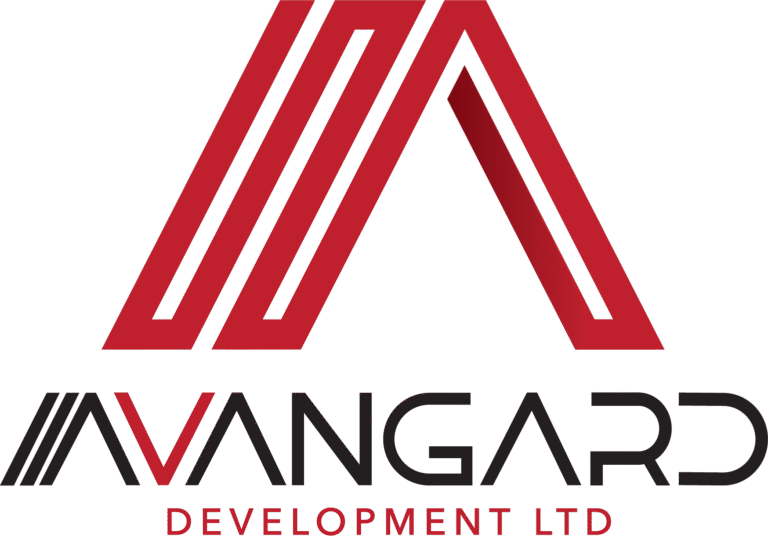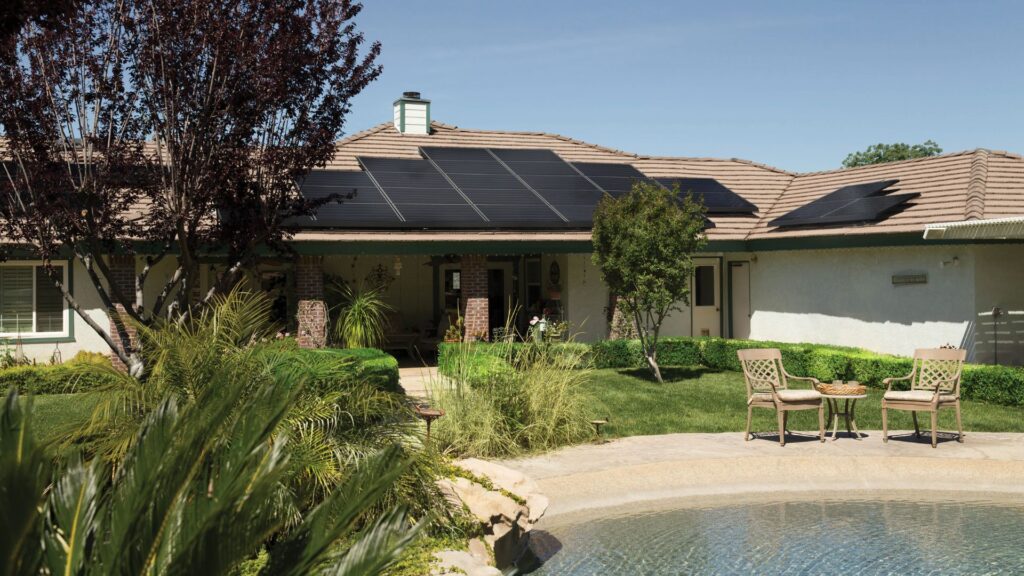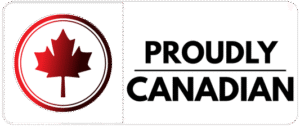The fastest way to cut energy bills and increase comfort in a Vancouver home in 2025 is to combine high-performance windows, air sealing + insulation, and a cold-climate heat pump—then layer smart controls and efficient lighting/appliances for the best ROI.
In a rain-coast climate like Metro Vancouver, energy-efficient upgrades do more than lower utility costs—they improve indoor comfort, reduce moisture issues, and boost resale value. This guide prioritizes what delivers the biggest impact for homes in Vancouver, North Vancouver, West Vancouver, Burnaby, and the North Shore.
Quick Summary: Best Upgrades & Why They Matter
- Triple-glazed windows & doors → reduce heat loss, drafts, and street noise.
- Air sealing + insulation → essential in a damp climate to control moisture and heat flow.
- Cold-climate heat pump → efficient heating & cooling in one system.
- Smart controls → optimize comfort and runtime to save energy automatically.
- Efficient lighting & appliances → low-cost, quick wins with immediate savings.
Estimated Budget & ROI Snapshot
| Upgrade | Typical Vancouver Budget (Range) | Typical Payback Window | Primary Benefits |
|---|---|---|---|
| Air Sealing + Attic Insulation | $2,500 – $8,500 | 2 – 6 years | Lower heat loss, better comfort, moisture control |
| Wall / Crawlspace Insulation | $4,000 – $15,000 | 4 – 10 years | Stable temps, quieter rooms, mold resistance |
| Triple-Glazed Windows & Doors | $12,000 – $45,000 | 7 – 15 years | Energy savings, noise reduction, comfort |
| Cold-Climate Heat Pump (Ducted or Ductless) | $8,000 – $25,000 | 5 – 10 years | Efficient heating & cooling, lower emissions |
| Smart Thermostat & Zoning Controls | $300 – $2,500 | 1 – 3 years | Automated savings, comfort scheduling |
| LED Lighting Retrofit | $500 – $2,000 | 6 – 24 months | Immediate electricity savings |
| Energy-Efficient Appliances | $2,000 – $8,000 | 3 – 7 years | Lower electricity/water use, reliability |
| Heat Pump Water Heater | $3,500 – $7,500 | 4 – 8 years | Big DHW savings, dehumidifies area |
| Cool / Green Roof Systems | $10,000 – $30,000 | 10+ years | Longevity, comfort, stormwater benefits |
| Solar-Ready Conduit + Panel Upgrades | $1,500 – $6,000 | Prep for future | Future-proofing for PV, EV, electrification |
Note: Ranges reflect typical scenarios in 2025 and vary by home size, access, finish level, and existing conditions. Ask about current local rebates and permits before you buy.
Upgrade #1: Triple-Glazed Windows & High-Performance Doors
Triple glazing with warm-edge spacers and insulated frames drastically reduces heat loss and condensation while keeping street noise down—ideal for dense Vancouver neighborhoods. Look for low-U-factor units with proper flashing and rainscreen detailing to manage moisture.
Upgrade #2: Air Sealing + Insulation (Attic, Walls, Crawlspace)
In our wet climate, controlling air leaks is as important as adding R-value. Prioritize attic air sealing, then add attic insulation; follow with wall and crawlspace upgrades using mineral wool or spray foam. Always include vapor control and ventilation strategies to avoid trapping moisture.
Upgrade #3: Cold-Climate Heat Pumps
Modern heat pumps provide efficient heating and cooling in one system. For homes without ducts, ductless mini-splits are an easy retrofit; for whole-home comfort, a ducted heat pump with multi-zone control works well. Size the equipment after envelope improvements for best results.
Upgrade #4: Smart Thermostats, Zoning & IAQ
Smart controls trim runtime and enable schedules. Zoning delivers room-by-room comfort, and integrated ventilation/filtration maintains healthy indoor air quality during long rainy seasons.
Upgrade #5: LED Lighting & Smart Switches
LEDs use a fraction of the power of legacy bulbs and last longer. Pair with occupancy sensors and dimmers for additional savings in kitchens, baths, and hallways.
Upgrade #6: Energy-Efficient Appliances
Choose ENERGY STAR refrigerators, induction cooktops, and efficient dishwashers and laundry sets. Induction improves indoor air quality versus gas and offers precise control for cooking.
Upgrade #7: Heat Pump Water Heaters
HPWH units cut water-heating costs dramatically and lightly dehumidify basements or utility rooms—useful in coastal homes. Ensure adequate room volume and plan for condensate drain routing.
Upgrade #8: Roofing That Works With Rain
Cool roof membranes and green roofs help with longevity, comfort, and stormwater management. Plan roof insulation and air sealing together, and preserve a robust roof-to-wall air barrier.
Upgrade #9: Solar-Ready Electrical & EV Charging Prep
Even if you’re not installing solar yet, running conduit and upgrading panels during a renovation is inexpensive future-proofing. Consider a 200A service if planning EV chargers and electrified heating.
Upgrade #10: Moisture-Smart Materials
Favor fiber-cement siding, treated cedar, steel cladding, mold-resistant drywall, low-VOC paints, and closed-cell foams in risk areas. Pair materials with proper rainscreen, flashing, and drainage planes to keep assemblies dry.
Vancouver-Specific Tips
- Sequence matters: seal & insulate first, then size mechanicals.
- Think moisture first: integrate air barriers, vapor control, and balanced ventilation.
- Ask about rebates: check current BC and municipal incentives for heat pumps, envelope, and controls.
- Permits: structural, electrical, mechanical, and exterior changes often require permits—plan lead times.
FAQ: Energy-Efficient Renovations in Vancouver
What upgrade should I do first?Do heat pumps work in Vancouver’s winter?Are triple-glazed windows worth it?How do I avoid moisture or mold after upgrading?Can I phase upgrades over time?
Plan Your Vancouver Upgrade
We design and build energy-smart renovations tailored to the North Shore and Greater Vancouver. Get a scope, budget, and permit pathway for your home:


